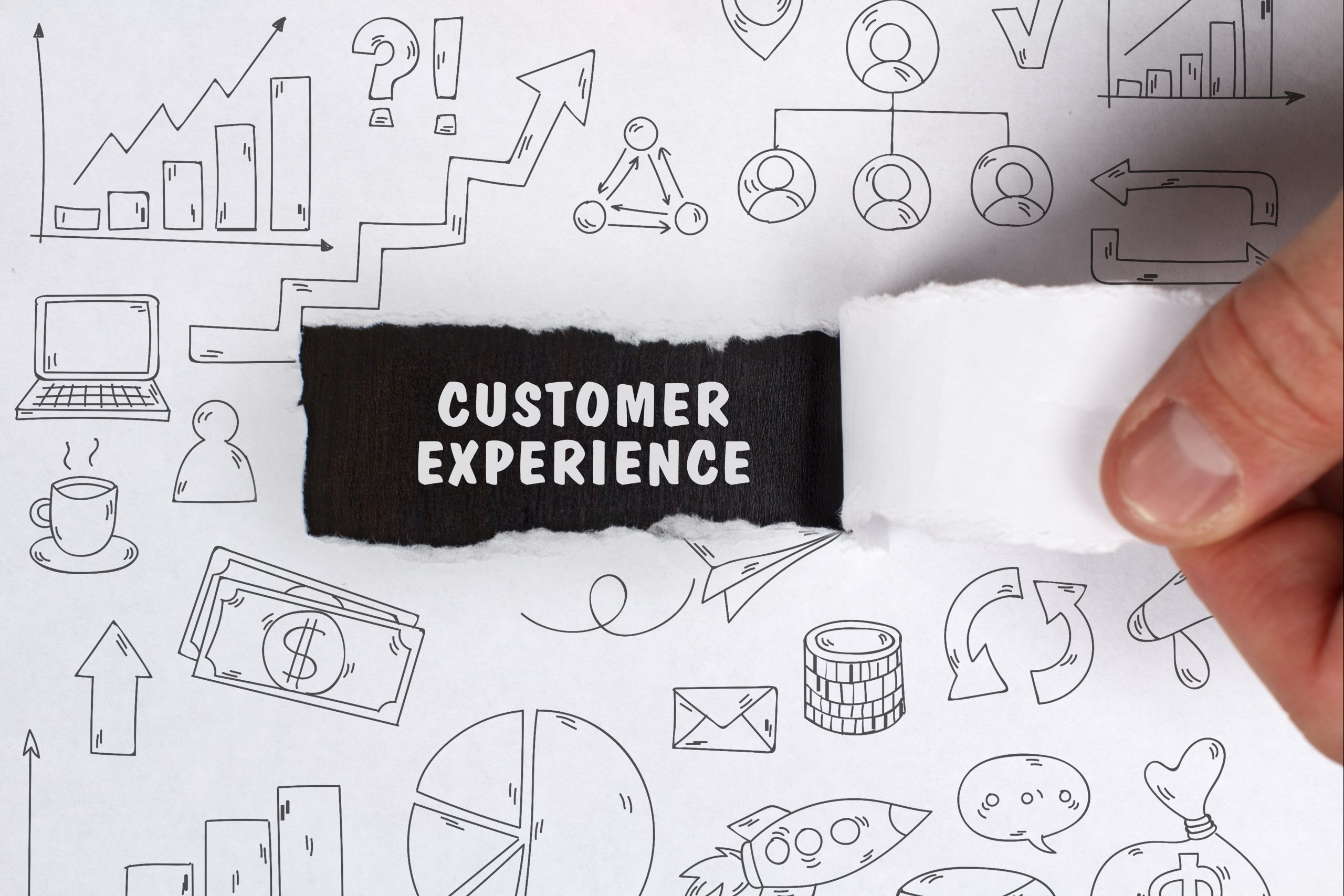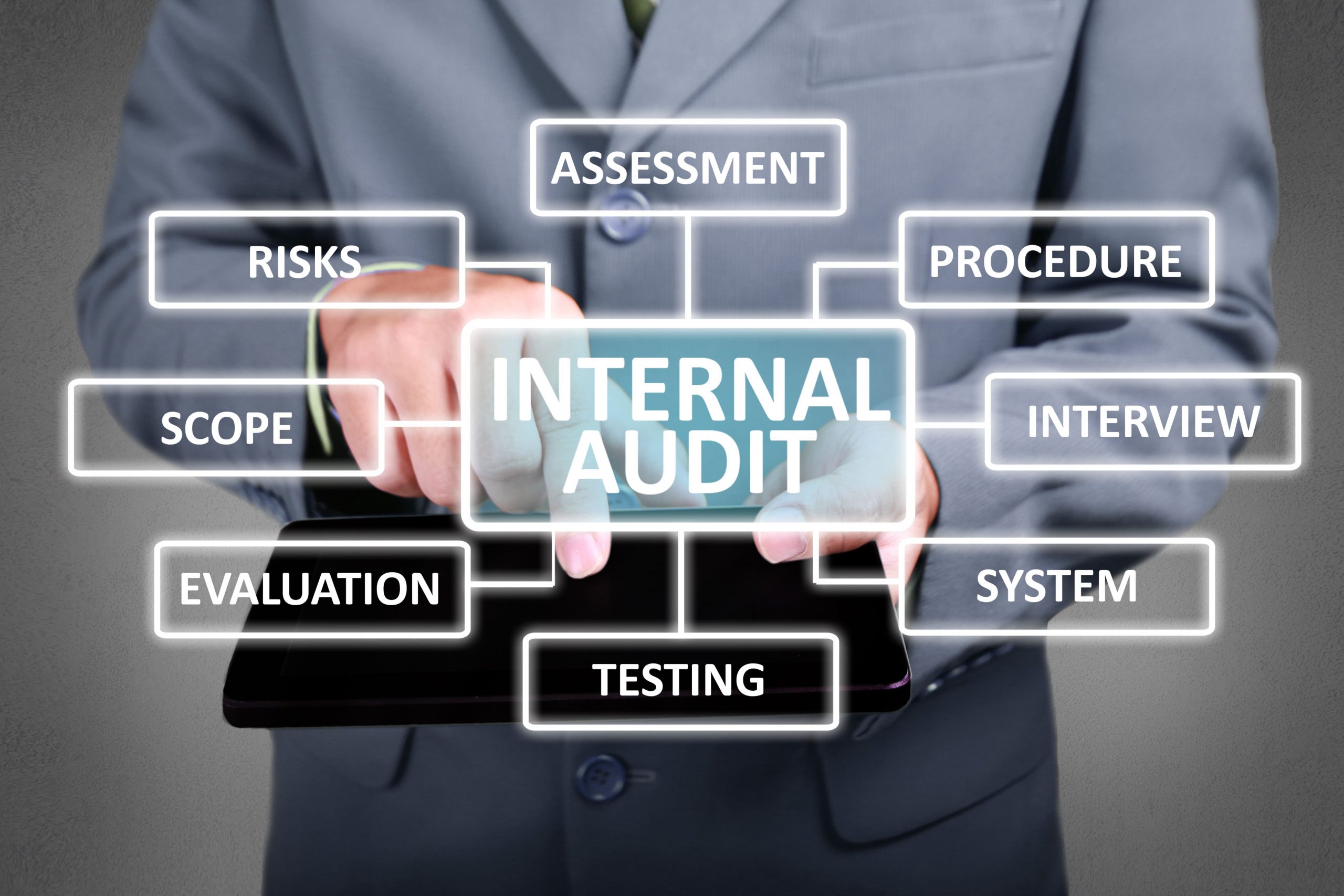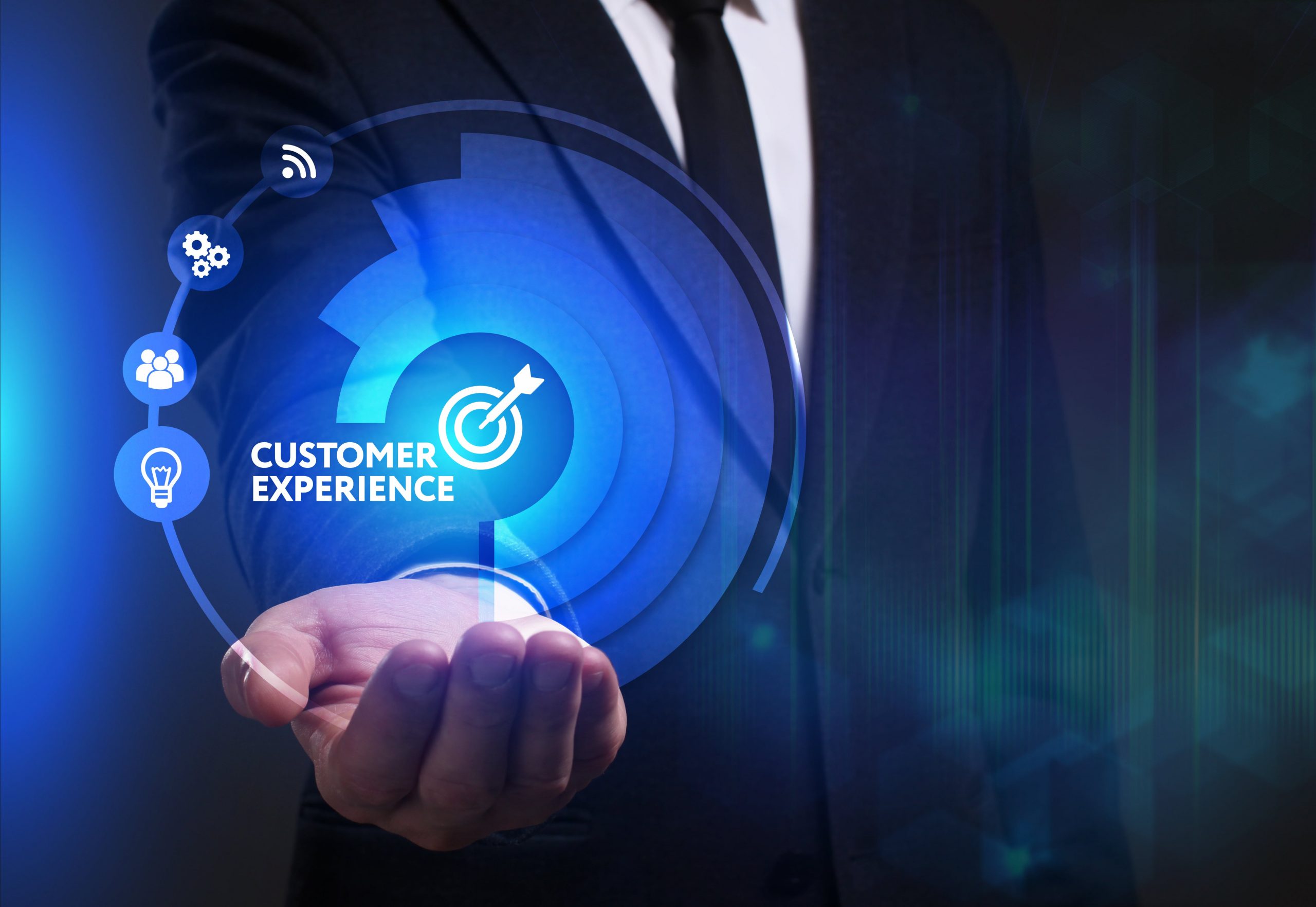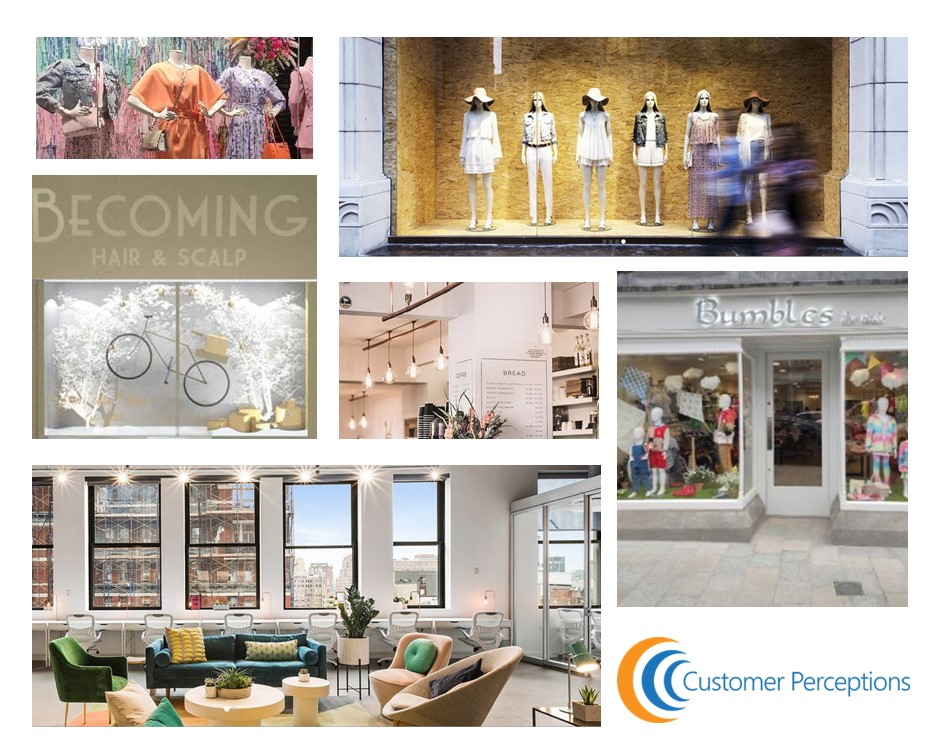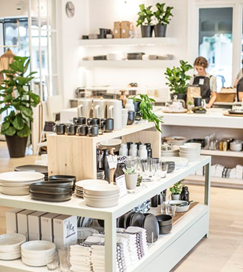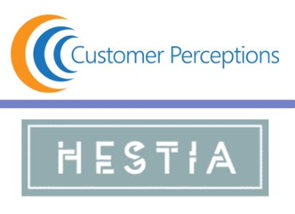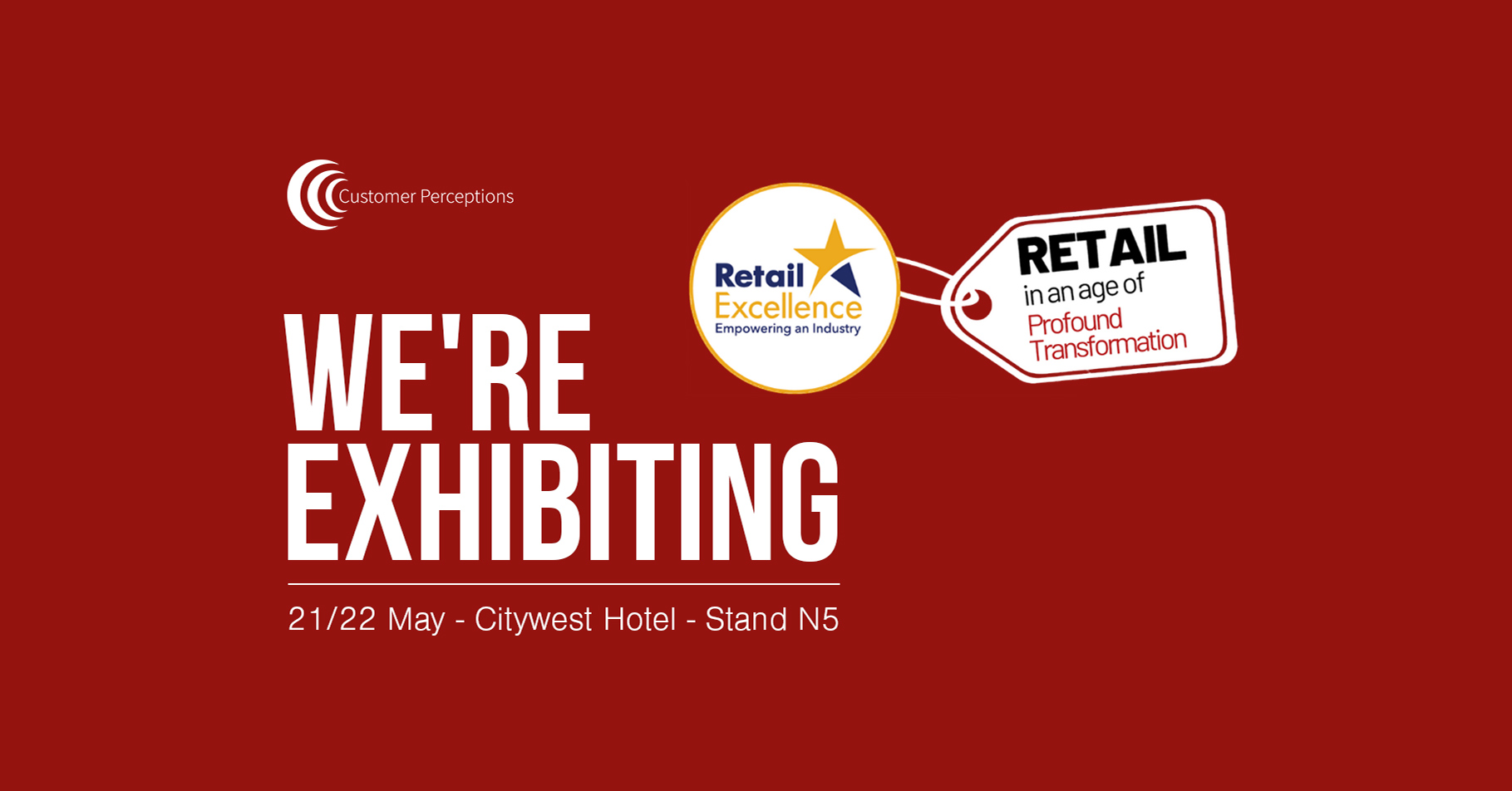By Susan Reilly – Head of Sales and Marketing
The success of firms in all sectors is now heavily influenced by customer experience. Giving your customers a positive experience can boost their contentment and loyalty, ultimately resulting in business growth. But how can companies evaluate the results of their attempts to improve the customer experience? In this blog post, we discuss the resources, advantages, and key performance indicators (KPIs) that businesses may use to monitor the results of their efforts to improve the customer experience.
What Measurement Tools are Available for Customer Experience?
Businesses can use various methods to assess the effects of customer experience initiatives. Customer surveys are one of these methods. Companies can get direct consumer feedback and gain an understanding of their satisfaction levels, preferences, and problem areas by regularly conducting customer surveys.
Cutting-edge technological solutions like TellUsFirst by Customer Perceptions provide the ability to receive direct client feedback whether in store or online. Customers can contribute real-time feedback about their experiences with TellUsFirst, allowing businesses to enhance their services and address customers issues in a timely manner. By giving customers a direct channel to share feedback both positive and negative, this provides companies with another valuable tool to improve customer experience.
Mystery shopping services is another approach to consider. By hiring people to pretend to be customers, mystery shoppers can assess the quality of the customer experience according to predetermined standards. This approach offers an honest and first-hand evaluation of the client journey, allowing organisations to spot areas for improvement.
Benefits of Measuring Customer Experiences
For businesses, measuring customer experience has several advantages. Firstly, it offers information on client satisfaction levels. Companies can determine opportunities for improvement by tracking how satisfied customers are with their experiences. Building strong customer relationships and improving the overall customer experience are some of the benefits that can result from improvements made as a result of this information.
Identifying and resolving problems that result in poor customer experiences is another benefit of measuring customer experience. Businesses can identify these pain points and take the necessary action to address them and prevent them from happening again. This proactive approach shows a dedication to client satisfaction and can significantly enhance how the brand is perceived in general.
Tracking customer experience initiatives over time enables firms to monitor their customer and marketing strategies. Businesses can evaluate the performance of their industries and make data-driven adjustments as necessary by establishing clear KPIs and routinely tracking progress. This cycle of continual development helps your growth and long-term success.
What Are The KPIs For Enhancing The Customer Experience?
Key performance indicators (KPIs) are crucial measurements that assist companies in gauging the success of their activities aimed at improving the customer experience. The following are some typical KPIs for enhancing customer experience:
Customer Satisfaction Score (CSAT): This KPI gauges customers’ general level of satisfaction based on their interactions with a company. Typically, post-purchase or post-interaction surveys are used to measure it.
Net Promoter Score (NPS): NPS assesses client loyalty and propensity to refer customers to a business. Detractors (unhappy customers) and promoters (loyal consumers) are valuable indicators of customer sentiment.
Customer Effort Score (CES): CES gauges how simple it is for customers to accomplish a task or solve a problem. Low customer effort is stressed since high effort can result in unpleasant encounters and dissatisfaction.
Repeat Buy Rate: The percentage of clients that make repeat purchases is shown by the KPI known as the repeat buy rate. A high rate of repeat business indicates contented clients who are likely to stick to a brand.
Customer Retention Rate: The proportion of customers who keep doing business with a company over a specified period is measured by the customer retention rate. A high retention rate indicates strong client relationships and a good customer experience.
Businesses can obtain important insights into customer behaviour by routinely monitoring these KPIs.
Ready to reduce bad customer experiences and improve the number of good relationships with customers that your business has? Then contact Customer Perceptions today.


